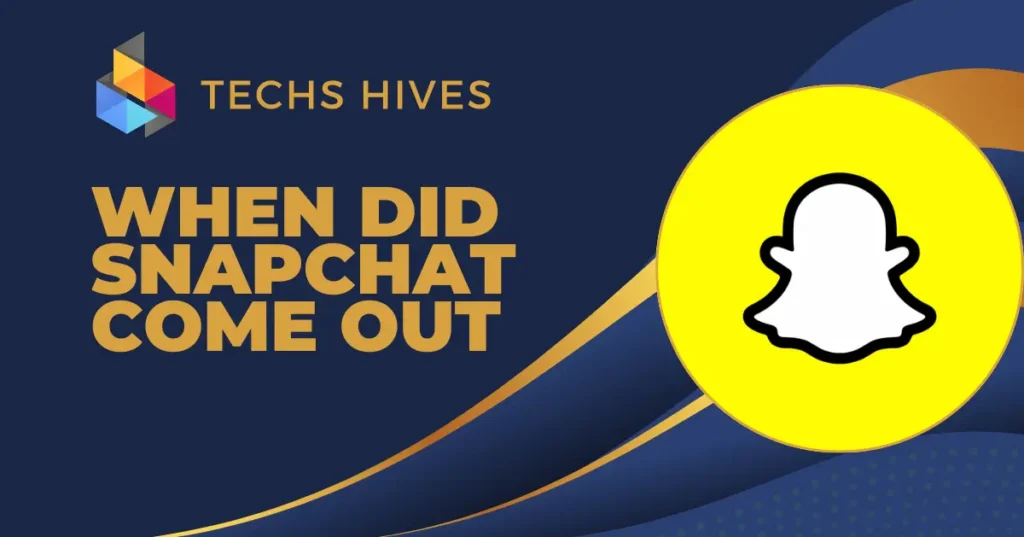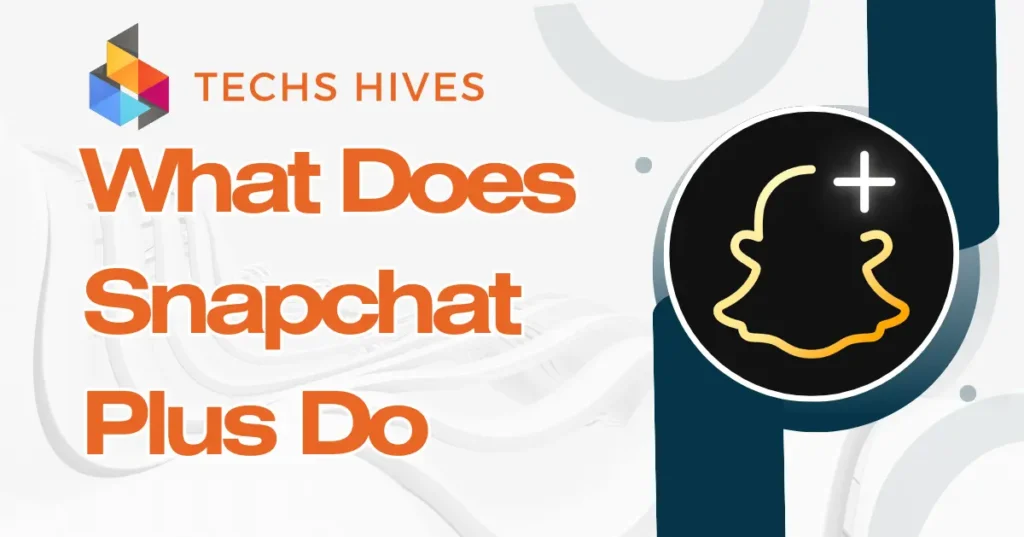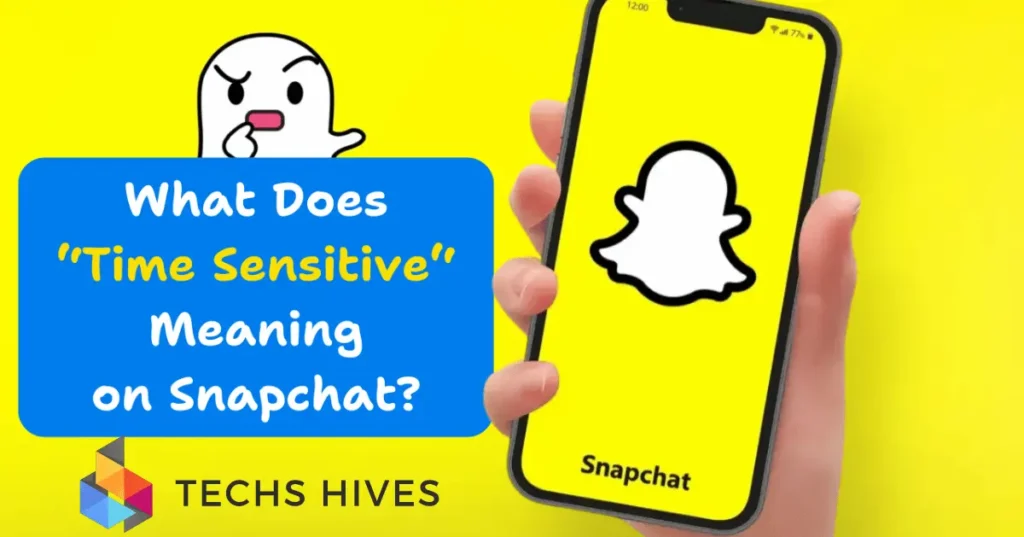Snapchat started as a way to share photos and videos that disappear after a short time. Its purpose was to make communication fun and casual. People loved how they could send quick updates without worrying about them staying online forever. It quickly became popular, especially with younger users, because of its playful and private approach to sharing moments.
What made Snapchat unique were its features like disappearing messages, filters, and Stories. Disappearing snaps gave users a sense of privacy. Filters and lenses added creativity and fun to photos and videos. The Stories feature allowed users to share content for 24 hours, making it easy to stay connected.
Table of Contents
Founding of Snapchat
Snapchat was founded by Evan Spiegel, Bobby Murphy, and Reggie Brown, three students from Stanford University. The idea came from Reggie Brown, who wanted an app where photos could disappear after being sent. He shared this with Evan Spiegel, who saw its potential and decided to work on it. Bobby Murphy joined them to handle the technical side of development.
The app was first introduced as “Picaboo” in July 2011. However, it was rebranded as Snapchat in September 2011 to make it more appealing and memorable. The concept of disappearing messages was fresh and different, quickly drawing attention from users looking for a fun way to share moments.
The founders focused on creating an app that felt casual and private. Snapchat’s unique approach to communication set it apart from other platforms, making it a hit, especially among younger audiences. Today, it remains a leading name in social media innovation.
The Official Launch of Snapchat
Snapchat officially launched in September 2011 after a brief start as “Picaboo.” The rebranding helped give the app a fresh identity, emphasizing its playful and casual approach to sharing moments. It was initially available only on iOS, targeting a younger audience looking for fun and privacy in communication.
The launch introduced disappearing messages as the main feature, which quickly caught attention. Users enjoyed the idea of sharing photos and videos without the content staying online forever. This unique feature made Snapchat stand out from other social media apps at the time.
Although the app had a modest start, it soon gained traction through word of mouth. By the end of 2012, its popularity surged, especially among teenagers. Snapchat’s launch marked the beginning of a new era in social media, focusing on real-time, temporary content that reshaped online communication.
Initial User Demographics
Snapchat’s initial user base mainly consisted of teenagers and young adults. The app’s unique feature of disappearing messages resonated with this audience, who valued privacy and a casual way to communicate. High school and college students were the first to adopt Snapchat, using it to share fun moments and stay connected.
The app’s playful design and focus on temporary content appealed to a generation that enjoyed experimenting with new technology. Snapchat’s simplicity made it easy for younger users to embrace, helping it grow quickly in popularity. Early adopters were primarily from the United States, but its appeal soon spread globally.
Snapchat’s initial success was driven by word of mouth, with friends recommending it to each other. This organic growth helped the app establish itself as a go-to platform for young people, setting the stage for its rise in the social media landscape.
Milestones in Snapchat’s Growth
Snapchat’s growth is marked by several major milestones that shaped its success. In 2013, the introduction of Stories transformed the app, allowing users to share content visible for 24 hours. This feature became a cornerstone of Snapchat and inspired similar tools on other platforms.
In 2015, Snapchat launched Lenses, which used augmented reality to add fun effects to selfies. This innovation boosted user engagement and made the app even more popular. The same year, Discover was introduced, allowing brands and media outlets to share content directly on Snapchat.
By 2016, Snapchat introduced Memories, letting users save snaps for future viewing while maintaining its focus on temporary content. That year, the company rebranded as Snap Inc. and launched Spectacles, wearable glasses for recording videos.
Snapchat’s IPO in 2017 was another significant milestone, solidifying its status as a major tech company. These milestones showcase its continuous innovation and influence in the social media world.
Snapchat’s Influence on Social Media
Revolutionizing Content Sharing
Snapchat changed how users share content by introducing disappearing messages and Stories. These features emphasized quick, real-time updates that disappeared after a set time, encouraging carefree sharing. This concept was so impactful that platforms like Instagram and Facebook adopted similar features.
Popularizing Augmented Reality
The app introduced augmented reality filters, making photos and videos more engaging and interactive. These filters became a viral trend, setting new standards for creativity on social media. Snapchat’s AR innovations inspired other apps to integrate similar features into their platforms.
Shifting Social Media Norms
Unlike traditional social media, Snapchat focused on private communication over public sharing. Its emphasis on direct and personal interaction reshaped how users connected with each other, especially younger audiences who valued privacy.
Inspiring Industry-Wide Innovation
Snapchat’s unique features pushed competitors to innovate and redefine their offerings. Its influence on the social media landscape is evident in the widespread adoption of Stories and AR features, leaving a lasting mark on the industry.
Challenges and Competitors
User Retention Challenges
One of Snapchat’s major struggles has been keeping users engaged over time. While the app attracted a large initial user base, many younger users eventually moved to newer platforms. This forced Snapchat to constantly innovate and introduce fresh features to retain its audience.
Fierce Competition from Rivals
Snapchat faced tough competition from platforms like Instagram, Facebook, and TikTok. Instagram copied the Stories feature, which hurt Snapchat’s market share. TikTok’s rise as a short-video platform further threatened Snapchat’s position in the social media landscape.
Innovation to Stay Relevant
Despite facing stiff competition, Snapchat has continued to innovate. It introduced features like augmented reality lenses, Snap Map, and Spotlight to stay ahead. These updates aimed to appeal to users who sought new and exciting ways to communicate and share content.
Snapchat’s Position in the Market
Even with challenges and strong competition, Snapchat remains a key player in social media. By focusing on unique features and evolving with trends, it has maintained its relevance and continues to attract a loyal user base.
Conclusion
Snapchat started in 2011, offering a fresh way to share photos and videos that disappear. It quickly became popular, especially with younger users who valued privacy and fun features. The app’s unique design helped it stand out in a crowded social media world.
Over the years, Snapchat faced challenges from competitors and had to keep innovating. However, it remained relevant by adding new features like Stories, filters, and augmented reality. Today, Snapchat continues to influence social media trends, showing how far it has come since its humble beginnings.



